|
Well - the first Wellington Photography Meetup photo walk of the season and what do I go and do but spend too long taking photos (of the Army Drill Hall) and get left behind the group, which I never managed to catch up to. Anyway I trust it all went well and you all got some cool and interesting shots. The weather was nice and the light good, for most of the time anyway. Thanks Ana of Excio and Richard of NZ Photography Workshops for organising this event to fit into Wellington Heritage Week. So I thought that given the direction of light, the old Allenby Steps going up behind St Mary's Church would be the place to shoot from. What a Lovecraftian byway! Future exploration required. Emerging at the top of The Terrace, the light's pretty much gone, along with my chances of catching up with the group. Oh well... And a few miscellaneous colour shots that don't have much to do with heritage.
0 Comments
This article ran in New Zealand Photographer magazine - a free online monthly photography magazine - in issue no. 18, April 2019
In what is now known as the Golden Age of Photography - loosely the 1930s-1950s, the picture story was king. The best photographers, such as Henri Cartier-Bresson, W. Eugene Smith, and Margaret Bourke-White were household names (try thinking of a current photographer who's a household name!) Magazines such as Vu (France), Life (USA) and Picture Post (UK) people's main source of images of world events. That was until television came along and ruined it. These magazines all had specialised Picture Editors, whose craft was to edit (select, size, crop) the photos into picture stories. Examples of famous picture stories are W.E.Smith's 'Minamata' and 'Spanish Village', and our own Brian Brake's 'Monsoon'. Once colour photography took over, picture editors would place the photographer's developed slides (transparencies) on a light box and examine them in detail using a loupe magnifier before selecting which photos to print. As you can imagine, photographers and picture editors often argued over the published story. "How dare you crop that photo, the composition was perfect in camera!" Or "You left out my best shot!" These days, we photographers can do our own editing* and post-production, so no clash of egos need occur. If you're a photographer who is always working towards that one perfect shot, how about putting that approach aside and try shooting to describe an event or location using a number of images. Initially, six photos is a good number to aim for. TV programmes and movies are put together using a variety of shots:
We can use this to make our own photo story more interesting. Also include compositional techniques such as high viewpoint (looking down), low angle, wide and telephoto shots (although pure photojournalists eschew telephoto lenses - "If your pictures aren't good enough, you're not close enough", Robert Capa said. Try including foreground elements to frame your subject. And shoot in both portrait (upright) and landscape (horizontal) frames. Before you cover an event (like Wellington's CubaDupa festival), write yourself a shot list by imagining some of the photos you might aim to get. Try to make this as varied as you can. Having a shot list is a professional tip to help cover-off the assignment with varied and interesting images. Once you have your photos, you can select the ones for final consideration digitally. Try this: use your software to edit down to your 20 or so photos and print them out, postcard size (10x15cm). This is cheap as chips. Then lay them out on a clear table and start moving them around, putting this one next to that, and you will see that some photos 'talk to each other' while others don't. Gradually pare it down to six photos that tell your story.
By planning to work in series, editing down from a wide selection of photos to a coherent set of images that conveys a strong sense of the event or location, you will quickly develop your photographic eye, your editing skills, and learn to pre-visualise images as well as being alert and in the moment to capture that 'must have' image when it presents itself. Get your final selection together, tweak the files a bit and go make a decent sized print of each (A4 or larger). You'll have a small portfolio of photos that work together to tell a story that reaches far beyond what a single image can tell. And know that the best photographers are the ones who have learned to recognise what they've shot and know how to select and present their photographs in their own way. This is an important aspect to achieving a personal photographic style. This article appears in New Zealand Photographer, issue no. 19, May 2019. NZ Photographer is free to view and download and comes highly recommended. When I began photographing, books of street photos by Andre Kertesz, Gary Winogrand, Diane Arbus, Henri Cartier Bresson and Wellington photographer Peter Black opened my eyes to viewing familiar environs in a whole new light. Like the first music you really like, it kinda stays with you. Supposedly there are rules to street photography, such as Never shoot with anything longer than a standard lens, or Never crop your images. I suspect these were made up by lesser photographers from observations of the greats. So, while there's some sense behind them, they’re there to be broken. But there's one rule that you should not break: One should treat others as one would like others to treat oneself. (1) That is to say; if you’re going to do street photography you will need to develop a set of personal ethics around it. Experience and changing social influence may cause your ethical stance to shift over time, demanding frequent reflection and discussion with peers. This is part-and-parcel of being a photographer, but if you worry about it too much you'll seize up and stop taking photos altogether. Finding a personal balance is key. Although there was street photography before Henri Cartier Bresson, the French artist-photographer defined the genre in the 1930s. His concept known as The Decisive Moment still stands as one of the cornerstones of photography. Put simply (2), it means the point in time when all elements in the scene combine in the best way. Some Tips Have your camera prepared so that you can quickly put it to your eye and shoot without mucking about. With manual exposure, pre-set your aperture and shutter speed for the light conditions by metering off the road or another mid-tone. Keep this setting until the light changes. Somewhere around 1/250 at f8 is generally useful. Some photographers pre-focus their lens manually for extra speed. Don’t be afraid to set the ISO high enough to get a fast shutter speed. Noise doesn’t matter; getting the photo does. Keep your camera switched on and the lens cap packed away. Use single shot mode, not motor drive. (Shooting bursts is like trout fishing with a stick of dynamite rather than a rod and fly.) If you're a chronic over-shooter, try using a 35mm film camera. It's cool, challenging but fun, and will help you train your eye and shoot more sparingly. Viewpoint is vital. When you spot a potential photograph, decide where you need to be for the best view and get there with your camera ready to shoot (provided it’s safe and isn’t going to upset anyone). Don’t encumber yourself with unnecessary camera gear and other baggage. You’ll attract attention and struggle to move around. One smallish camera and a prime lens or wide-standard zoom is all you need. Always use a lens hood for flare reduction and lens protection. A UV filter is also a good idea. My ‘weapon of choice’ used to be a fully manual Olympus OM-1 with a 35mm f2 lens, (used for the black & white photos shown here). These days, a smaller DSLR or any mirrorless camera is excellent for street work. I prefer a semi-wide prime lens, but if you like extreme wide-angle, take care to compose using the whole frame, including foreground elements and avoiding tracts of empty space. If you’re shooting with a longer focal length, it’s all too easy to stand off and get photos that look uninvolved, like a passer-by’s view. War photographer Robert Capa said If your pictures aren’t good enough, [it's because] you’re not close enough. If you’re new to street photography, try covering a public event such as a street fair or food market, where the presence of other photographers means you won't stand out. Look for interactions, the peak of the action, the decisive moment to take your photo. (3) Of course, there are as many approaches to street photography as there are photographers. Wellington, for example, has Gabrielle McKone, Julian Ward, Peter Black, Camus Wyatt, et al, all of whom have entirely different approaches. It's hard to muster the confidence to take your first shot of the day, but with persistence and practice you will find reward. Like opp-shopping, you have to go out often, knowing that some days you'll come home with nothing, other days with bounty. Notes
(1) From Wikipedia; the positive or directive form of the Golden Rule. (2) “To me, photography is the simultaneous recognition, in a fraction of a second, of the significance of an event as well as of a precise organisation of forms which give that event its proper expression.” - Henri Cartier-Bresson. Reading further about the meanings and interpretations of the Decisive Moment quickly made my head hurt. It’s far better to spend the time looking at HCB’s photos and shooting your own. (3) Review my article Planning and Capturing a Photo Story in Issue 18. Hi folk
Apologies - this Photo Walk was not the best-organised event we've run. A few stalwarts and three new people showed up. We didn't have a very clear plan, and I lost track of most of the group later on. Sorry, we'll do much better next time. That aside, we met in Parliament Grounds, by the statue of Richard John Seddon - "King Dick". It was strange to see two Police officers guarding the front of Parliament, armed with rifles. We're really unused to seeing this in NZ, but last Friday's horrific event in Christchurch justifies it. The Wellington Photography Meetup Group is free to join and hosts events that are mostly free to attend (there are some events that have an attendance fee). There are also photo competitions that are free to enter, like the Cuba Dupa Photo Challenge on March 30th. Anyway, here are a few of my pics from this evening. (Got a little obsessed by the half-mast NZ flag on the Beehive.) Cheers James While on the photo walk on Wednesday evening, I couldn't resist a few shots of some of you while you were photographing. Apologies to all. Cheers!
Well, it's been a while, but it was good to see some familiar and some new faces on this walk. We met at Wellington Photographic Supplies' Vivian St store and headed up the centre of Kent & Cambridge Terraces, through the Basin Reserve and up to the Carillon then down to Pukeahu - the National War Memorial Park before repairing to the Southern Cross for chips and a pint.
Weather conditions were OK but not ideal, with clouds and sunlight doing a wind-driven dance and making life difficult for us manual exposure fanatics. (My shutter speed dial got a good workout.) We'll meet up and do this again soon, while the weather holds and before Daylight Saving passes us by. Cheers for coming. Relevant links: Wellington Photography Meetup Group www.photographyworkshops.co.nz www.photocourse.nz Hmm - last summer: weather mostly rubbish, all photo walks in brilliant sunshine. This summer: weather generally brilliant, 2 out 3 photo walks - rain. Anyway, it was a nice evening out, and good to see people again and chat with a few new people. Hopefully we'll get a couple more of these happening soon, with better light. Thanks again Wellington Photo Supplies - Featherston St - for use of the shop as a meeting place, and Richard Young of NZ Photography Workshops for hosting and organising things. Richard's got a number of workshops coming up, from beginner to advanced level, and around Wellington and farther afield. I'm running a basics workshop with NZPW on Saturday 17th February at Makara. Last Saturday's workshop was full and went well, so I'm looking forward to the next one. Looks like it will fill up, too. Also, at PhotocourseNZ we have several courses beginning in Feb. through to April. Photocourse 1 - beginner to intermediate Photocourse 2 - advanced beginner to intermediate Photocourse 3 - intermediate level, a longer course including a group exhibition project. Numbers limited to 8, 8, and 6 respectively. My 'reasonable shots' selection is looking a little sparse this time, so adding a few pics taken a short time before we met, the demolition in Aitken St. Hope to see you at the next Wellington Photography Meetup Group event. Cheers, James Gilberd We didn't pick the weather quite as well on this occasion, but there was a reasonable turnout for this evening's Wellington Photography Meetup Group photo walk. We met up at Wellington Photographic Supplies, Vivian St - thanks again guys for use of the store as a meeting place - and headed down Tory St, across to Cambridge Tce (I guess, as at this point a few others and I missed the cross street and lost the main group) and towards Waitangi Park and then the marina on Oriental Parade.
In the pub afterwards, I saw a few people's nice shots around the marina, where the overcast conditions proved photogenic. I came across the skate park about when the first rain began (it hasn't rained in Wellington for a month!) and most of the skaters buggered off. This left me and a few others in the group the opportunity to photograph the skate park sans skaters, so I took it. Then it really began to chuck it down! I got soaked, gave up shooting and headed for the pub. Arrived looking like a drowned rat. Settled in for a Christmas drink with the remaining photographers, none of whom looked as wet as I was. Richard Young put together a Christmas gift package of vouchers and info for Photowalk participants, and Ana Lyubich from Excio talked about the new Excio app that displays photos on the home screen of your cellphone - an excellent way for photographers and to get their photos out there to be enjoyed by many. Check out Excio. Richard, Alistair McAra and I are running some workshops in January and February. Richard's is on long exposure coastal landscape photography, Alistair will be running 'getting started' and more advanced Adobe Lightroom workshops, and I'll be doing a couple of Saturday beginners' creative photography workshops, with a couple of hours follow up on the next Monday evening. These are already booking up fast so have a look on the New Zealand Photography Workshops site for details. They also make great gifts for other photographers. We will run some more photo walks and host other activities after Christmas/New Year, and here's still stuff going on this year at Wellington Photography Meetup. Have a great one, everybody. Here's a selection of photos that I think give a nice 'Sense of Place' feel, concentrating on the Waitangi Park skating area. Photo Walk around the Basin Reserve with the Wellington Photography Meetup Group, 22nd November 201711/22/2017 Well we struck the weather - and the light - right again. Also, there were quite a few new people on this Meetup, which is great. If you're interested in joining, it's free - just sign in to Meetup and come join us. Thanks again to Wellington Photographic Supplies, and co-hosts for this evening's meetup, Alastair McAra, and Richard Young of NZ Photography Workshops Although this seemed like a less-scenic walk than the War Memorial, or the Wellington Waterfront (which we'll be doing next time, on Wednesday 13th December), the hard, clear and direct sunlight made the mundane photogenic. For me, this area is an old stomping ground, as when I was studying photography at Wellington Polytechnic in 1987, we were based in a building in Rugby St for the year. The building is no longer there, and the area has changed considerably. It looks as if it's in a constant state of renewal, for that matter, which to my eyes makes for some interesting photography. Here are some of my pics. All of the photos in this blog are copyright James Gilberd Photography Ltd.
Please don't knick 'em without my permission. For more info - Photocourse NZ - photography courses and workshops for all levels Photospace Gallery - New Zealand's longest-established contemporary photography gallery, 37 Courtenay Place, Wellington Courtenay Studios - photographic studio and darkroom hire in central Wellington. Well, it was nice to see both familiar faces and new faces on this well-attended event, the first photo walk of the summer. We'll be posting the next one in the Wellington Photography Meetup Group, which will be in just a couple of weeks. Thank you Wellington Photographic Supplies, Vivian St, for providing us with a meeting point, and Richard Young and Alistair McAra for co-hosting. Hope to see plenty of images posted in the event page for this meetup. Or maybe do a blog and link to it. (Log in to view. People can join this Meetup Group for free.) Apologies for getting sidetracked and lagging behind, in front, or off to one side of the main group. But as a photographer out enjoying myself, I tend to get absorbed in what I'm trying to photograph. So if it seemed like I ignored anyone, that was the reason. These photo walks are a great excuse to get out with a camera, but if you want to learn more about photography, both Richard Young - New Zealand Photography Workshops - and myself - Photocourse NZ - run various courses and workshops. And if you want to learn about the software end of things - Lightroom, Photoshop, etc - Alistair McAra is really the person to go to. (You can find him via Wellington Photographic Supplies, or message him in Meetup.) OK, enough sales pitch already. I had fun photographing this evening. Here are a few pics. (I was using an old Nikon D40x, and an old version of Adobe Lightroom (LR2) on my home computer. It certainly lacks a lot of the nice stuff the current version has. It's interesting to work in a more limited way, though, although some shots I can't post because the pincushion distortion was just too horrible, LR2 doesn't correct it, and if I open up Photoshop I'll be working all damn night.) We hope to see you at the next Photo Walk, and keep your eye on other events. Cheers James Gilberd There's a heap of photos, so I put them into two groups of about 20 each. Below - Vivian St, Tory St, Martin Square. (Richard, I got you a few road cones!) All these photos are copyright James Gilberd Photography Ltd / Photospace. Please don't steal them without my permission. Ta. Below - National War Memorial and surrounds. All photos are copyright James Gilberd Photography Ltd / Photospace. Please don't steal them without permission.
|
AuthorPhotocourse New Zealand - Archives
October 2019
Categories |


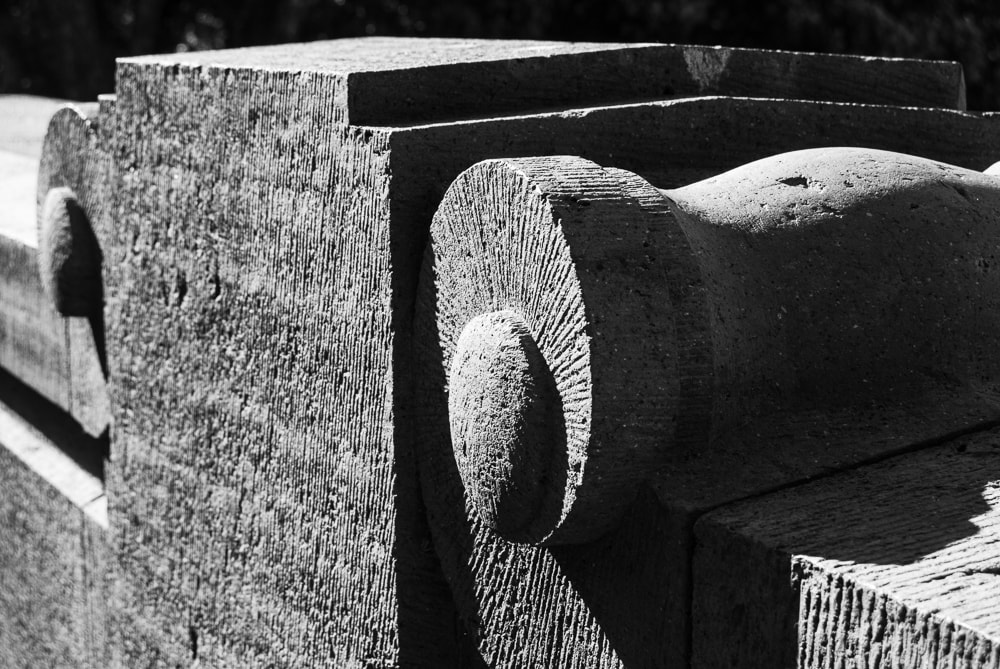

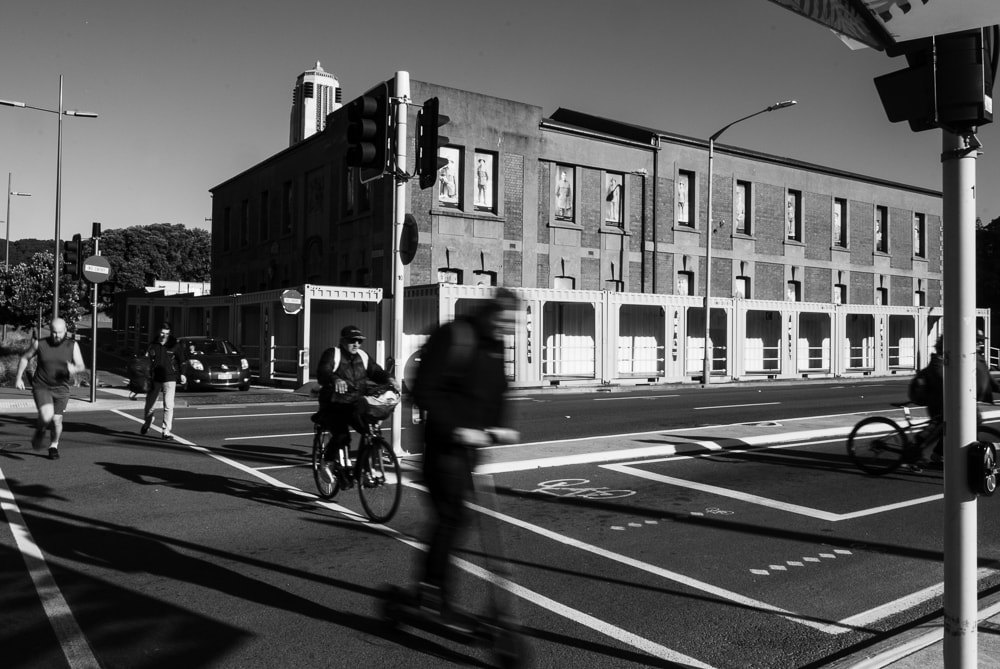
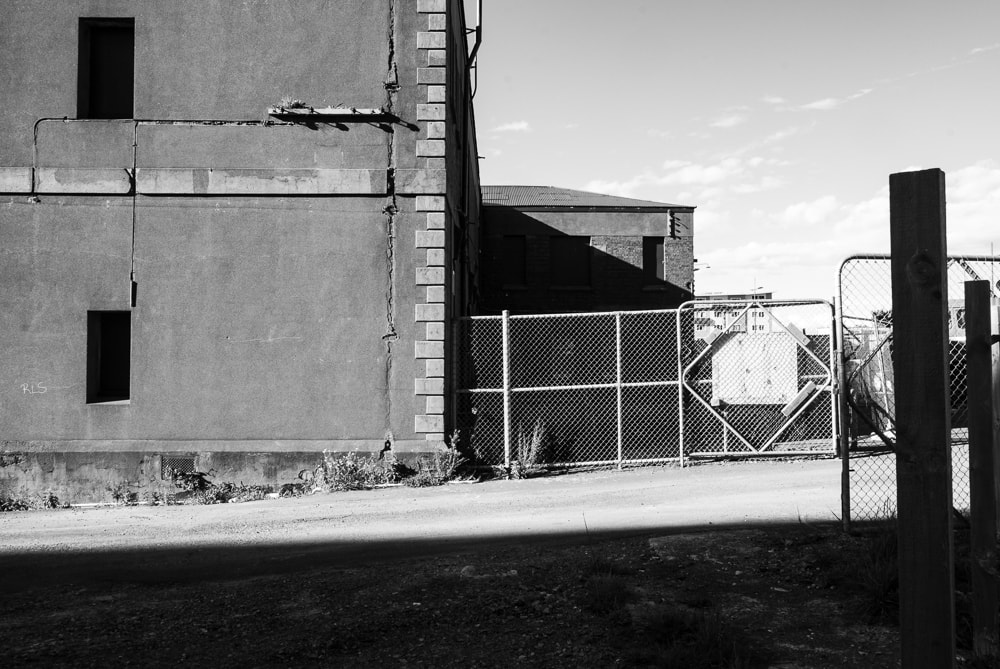


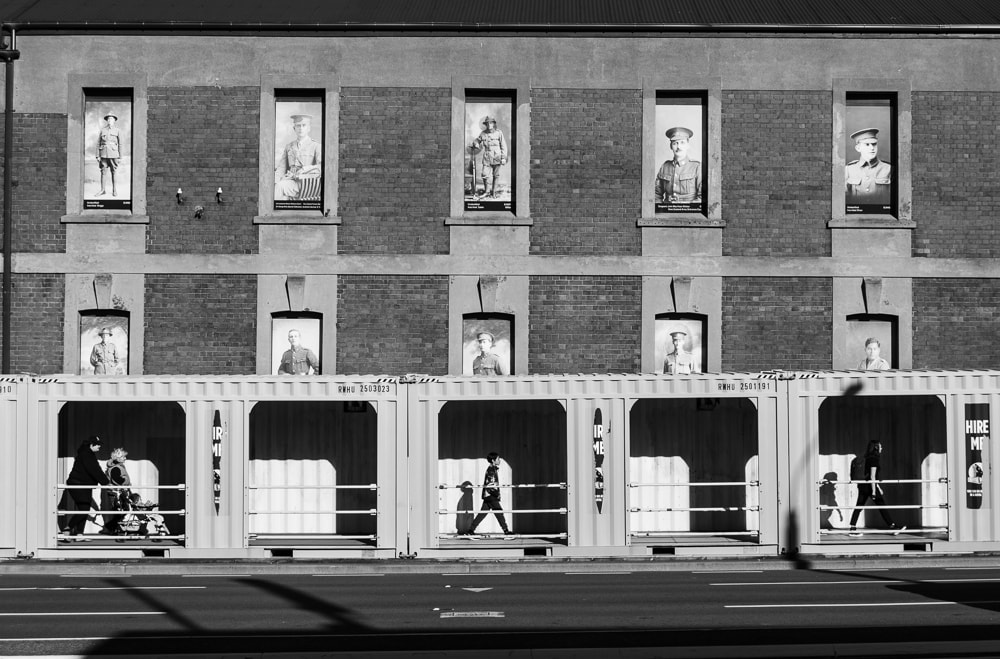





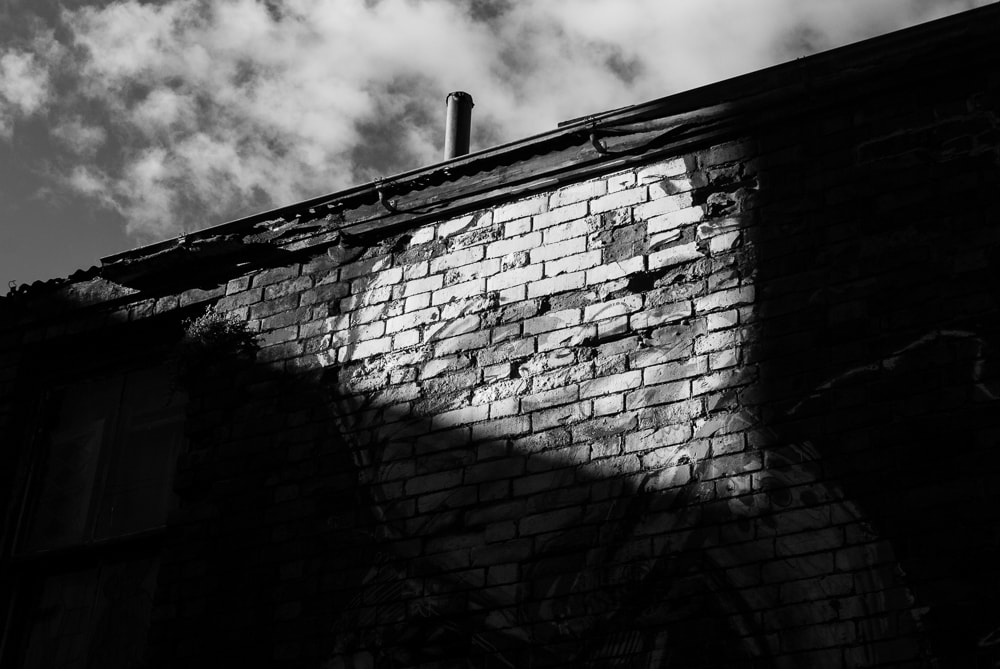
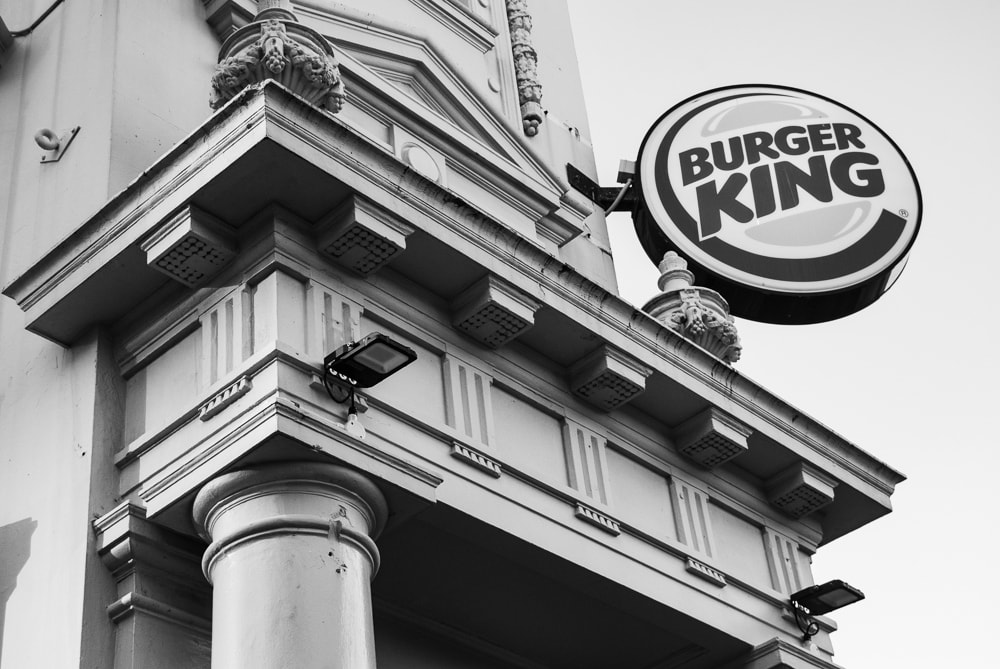


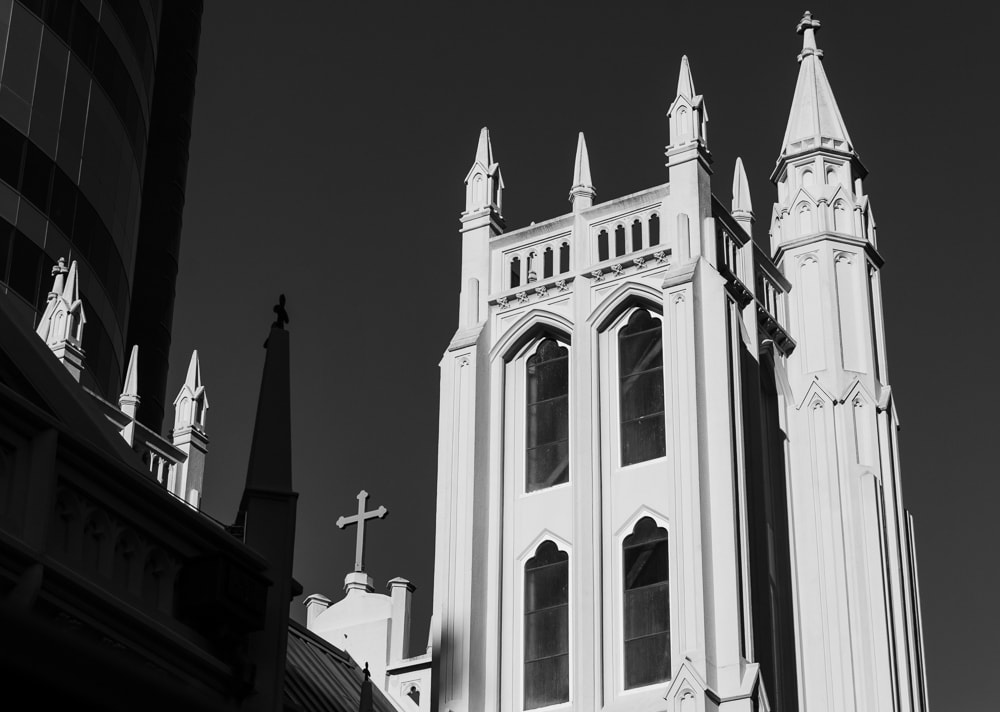

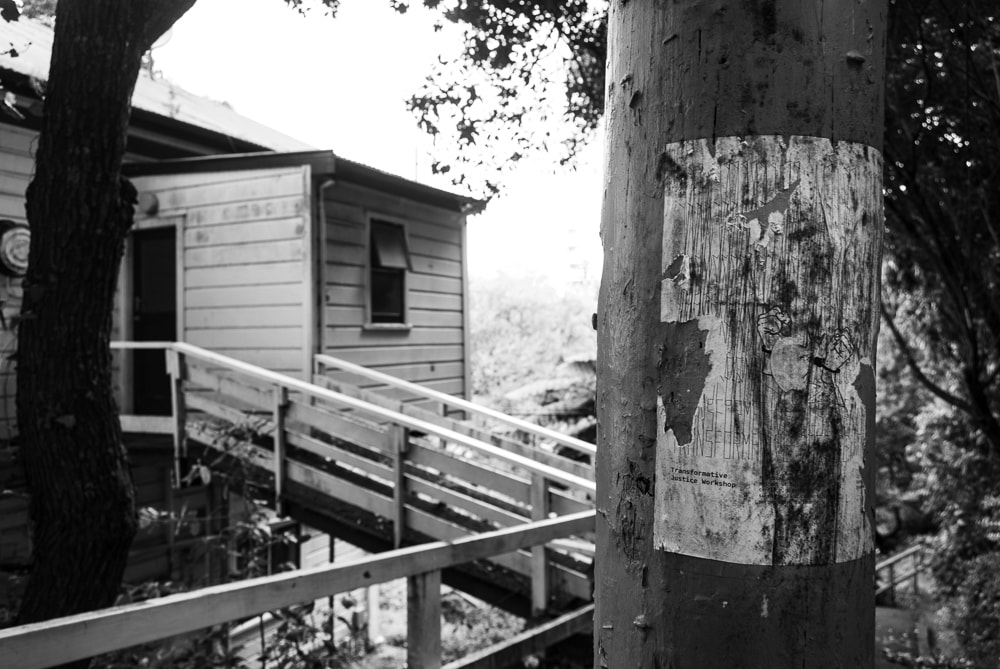

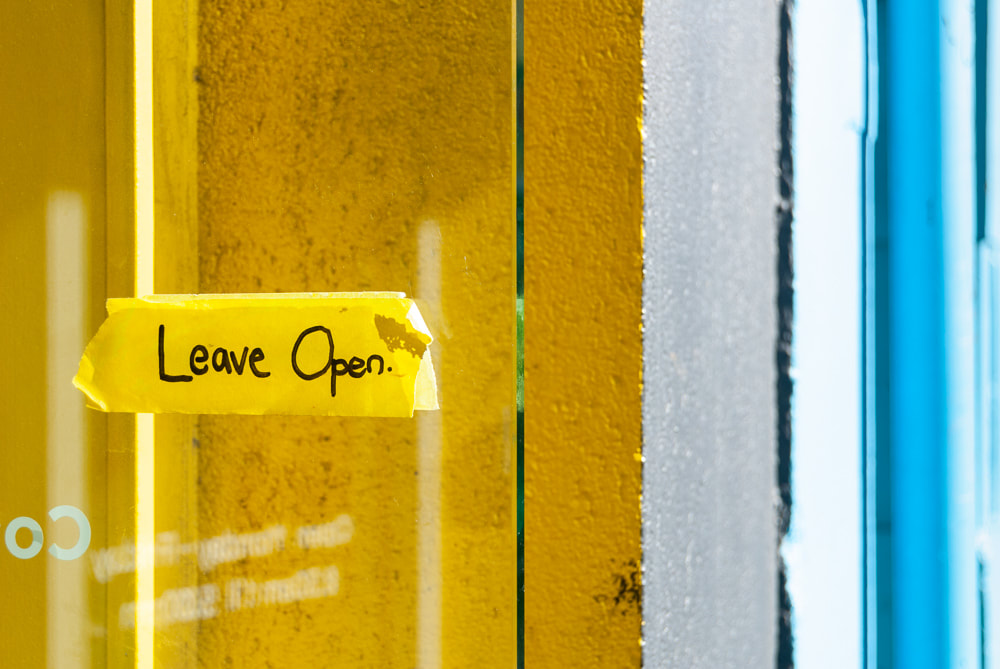



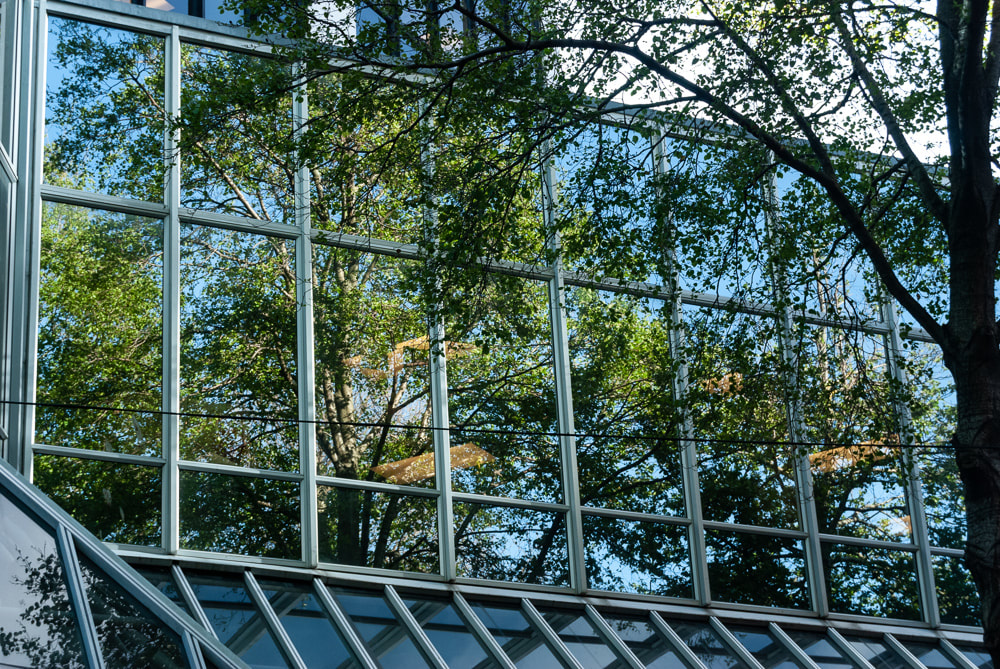
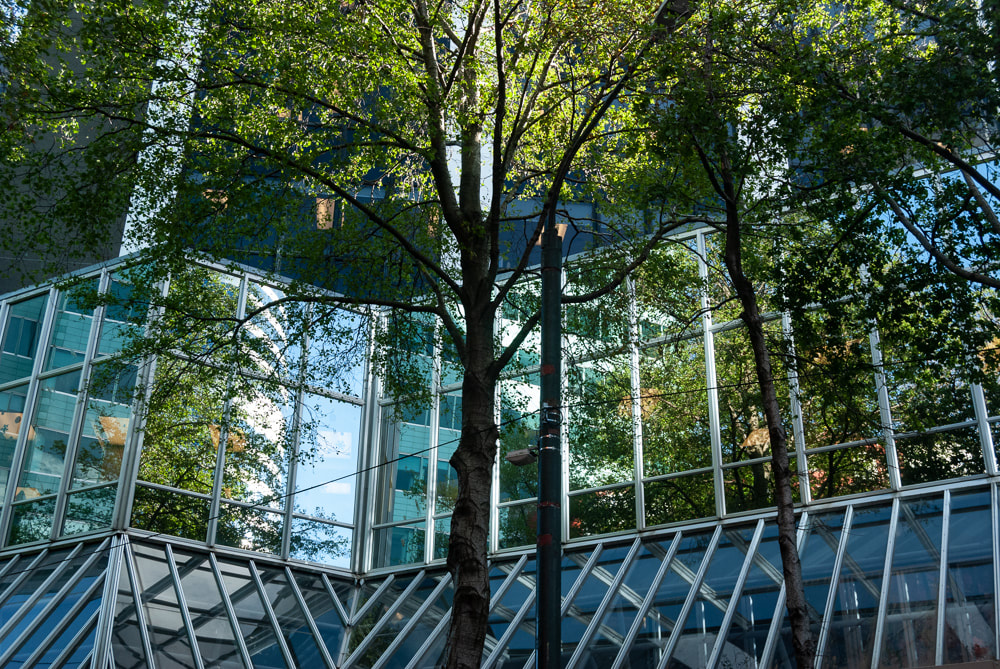
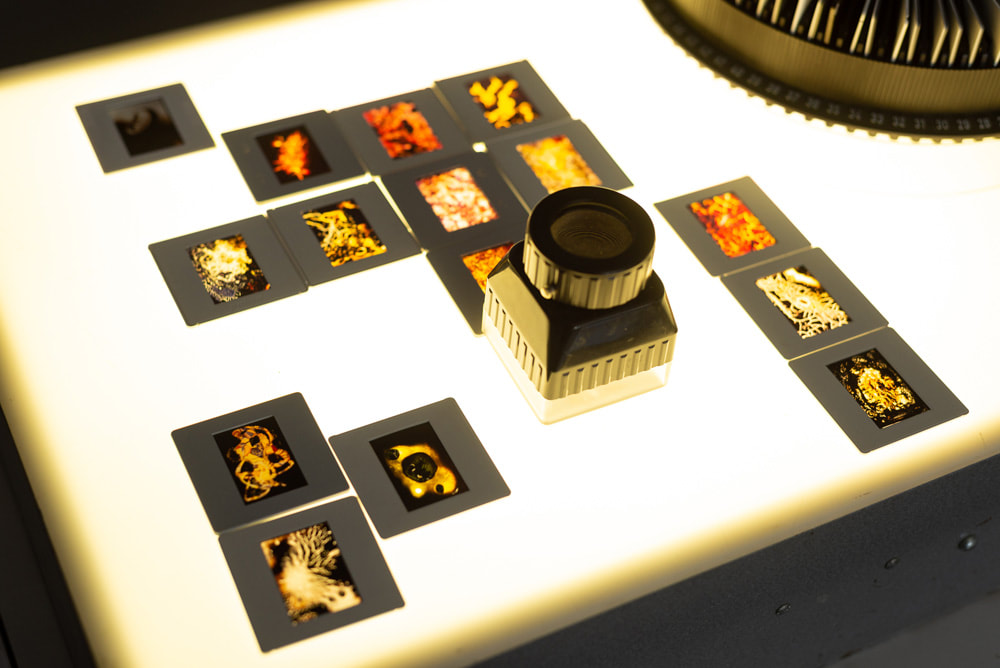
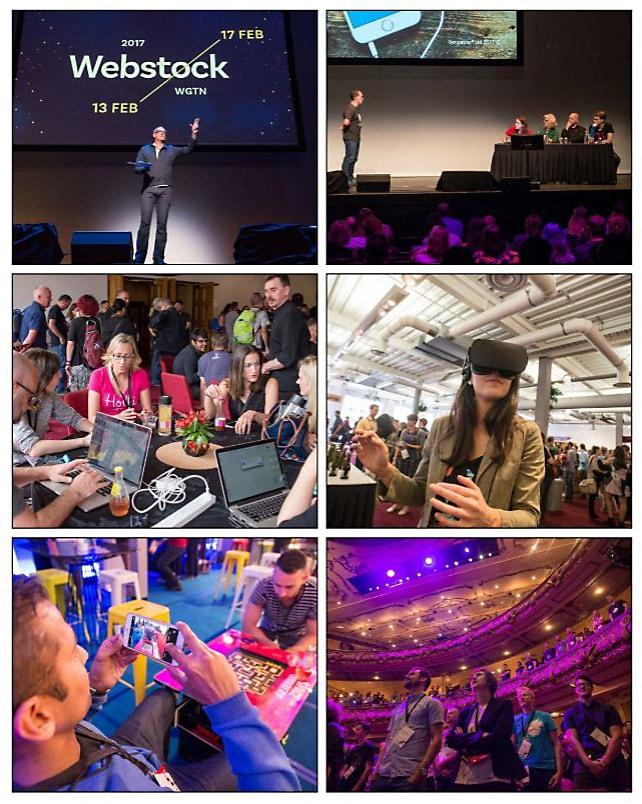




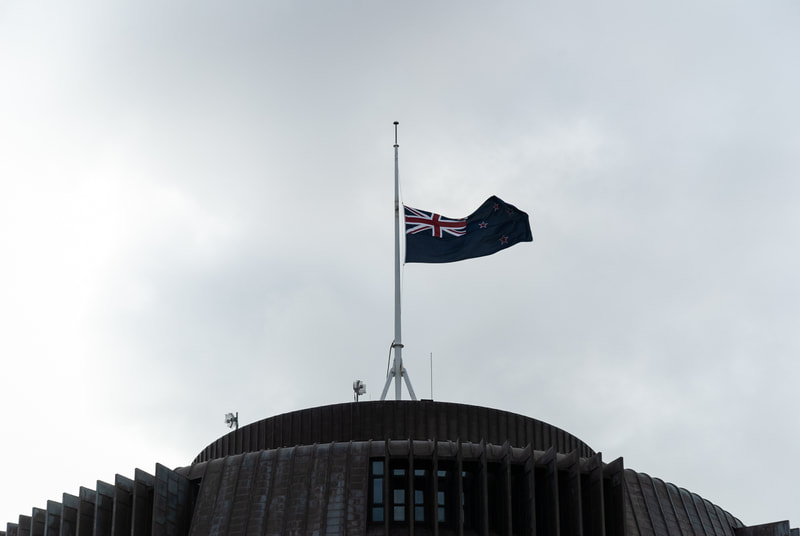
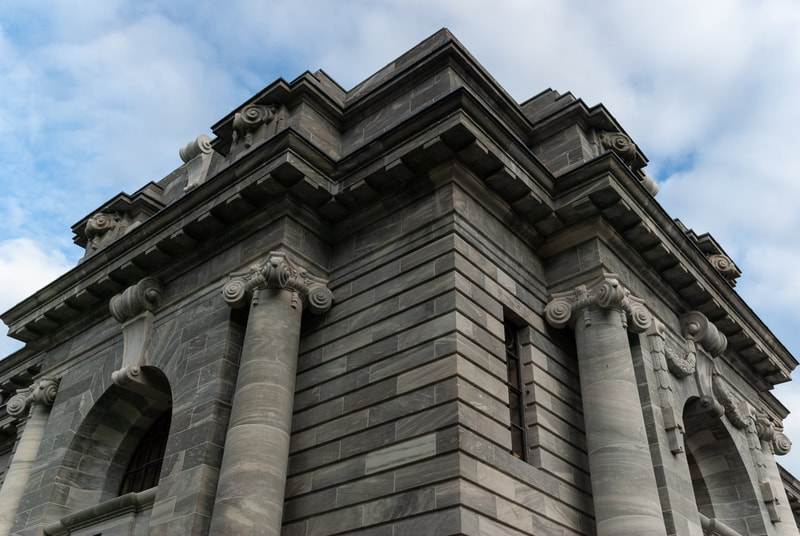




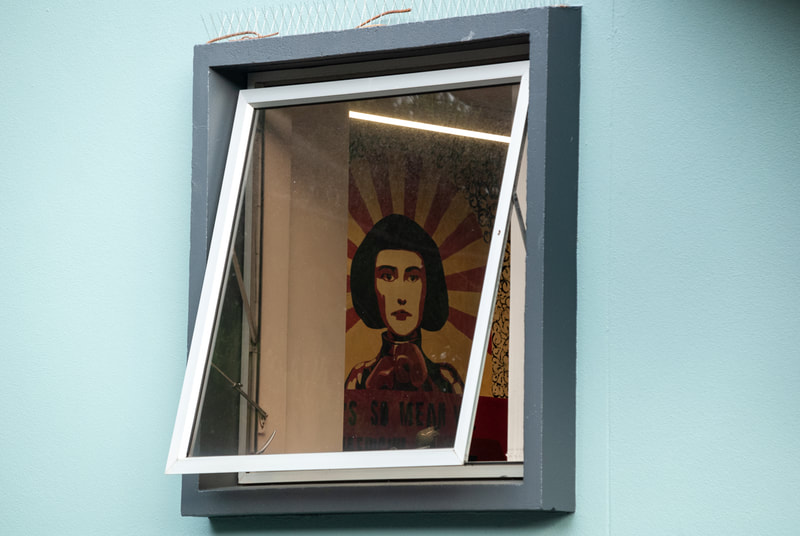

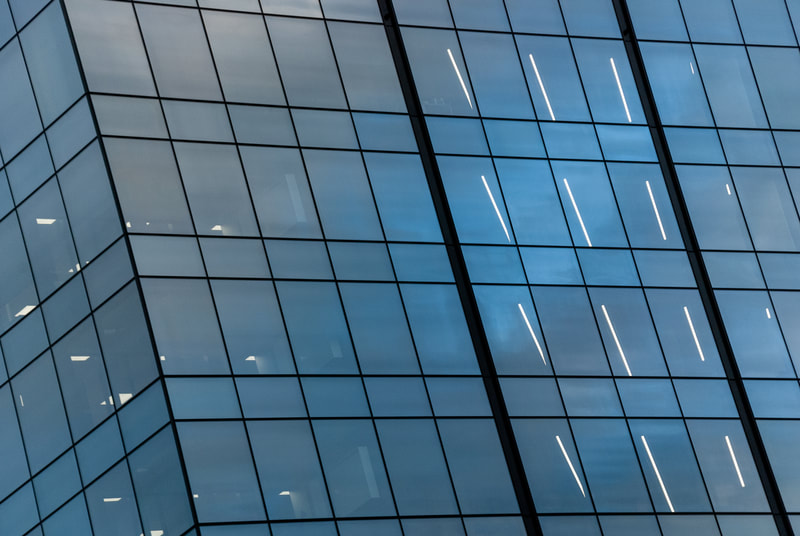




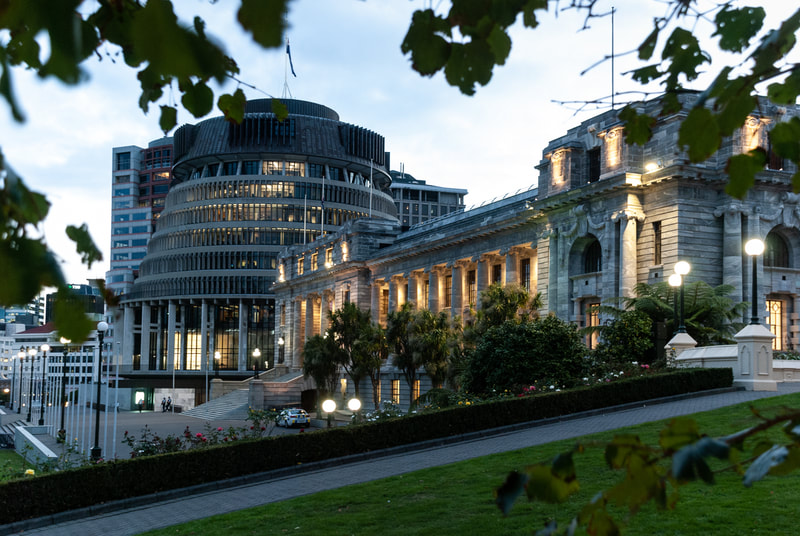
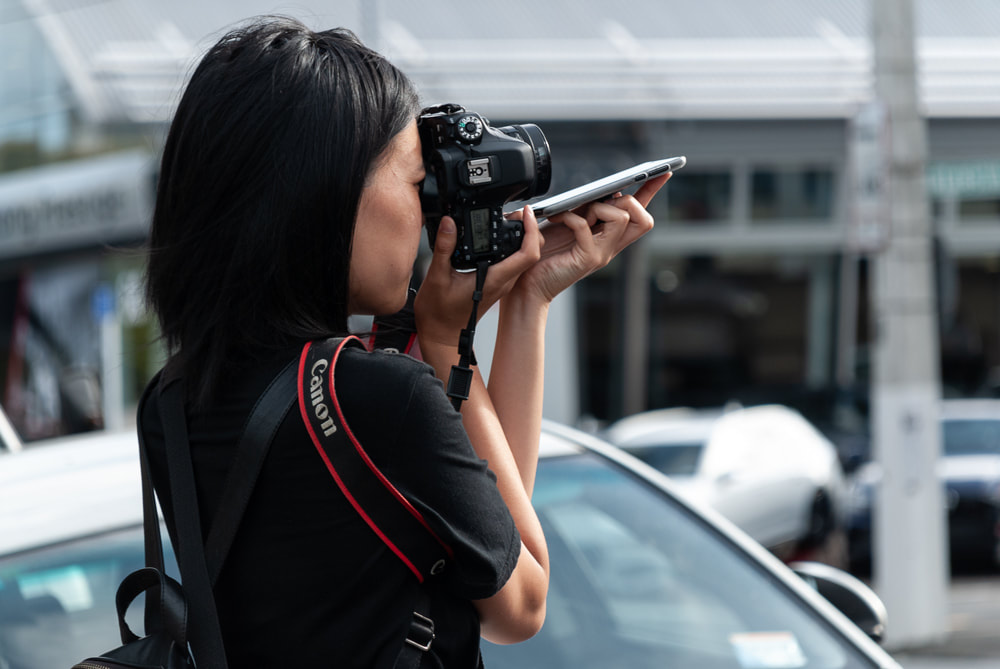

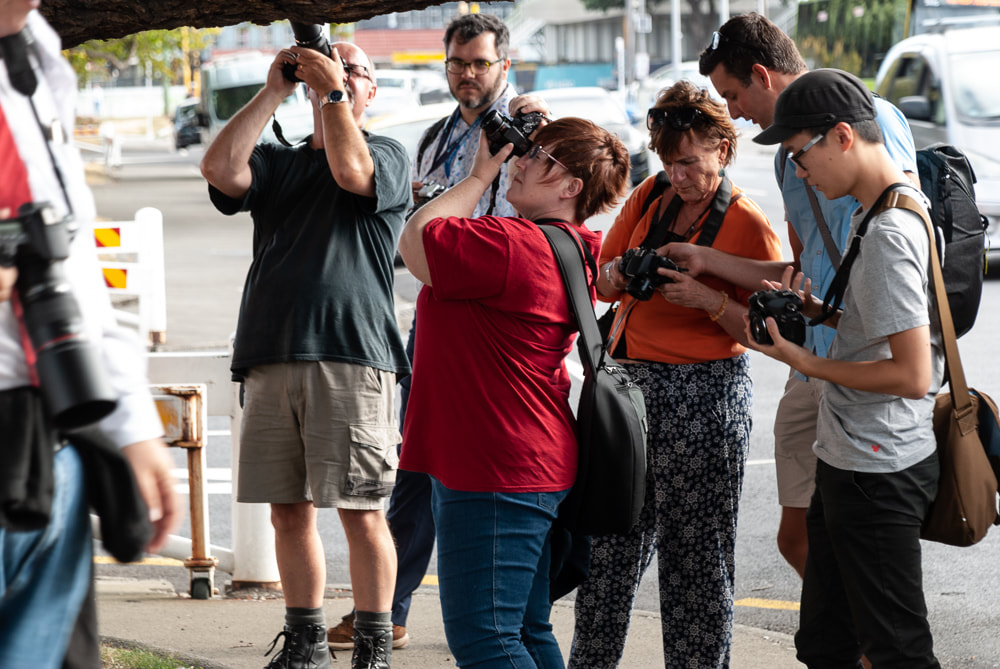
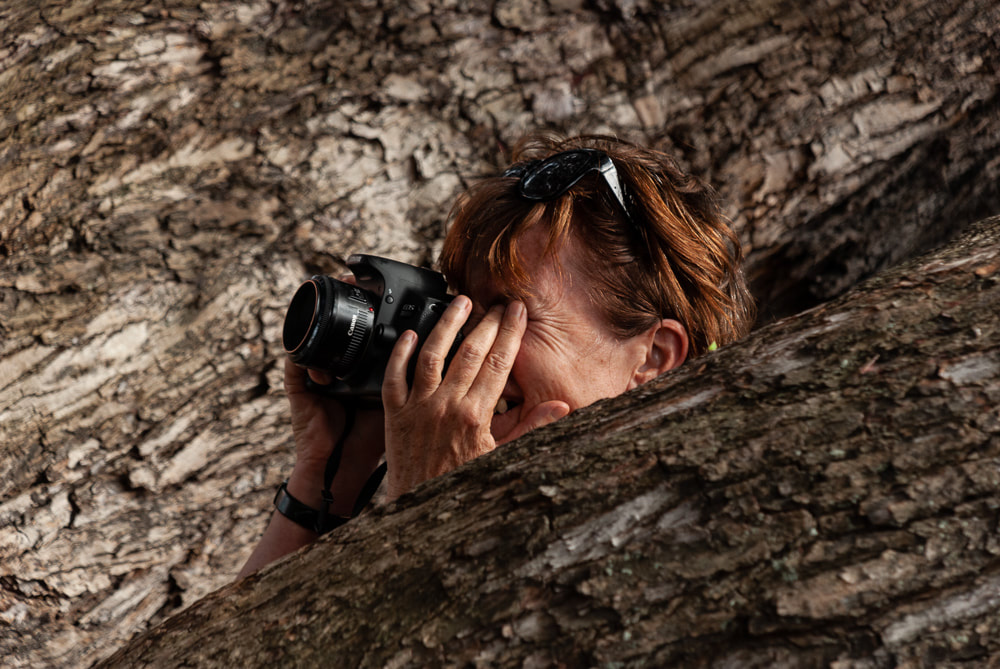

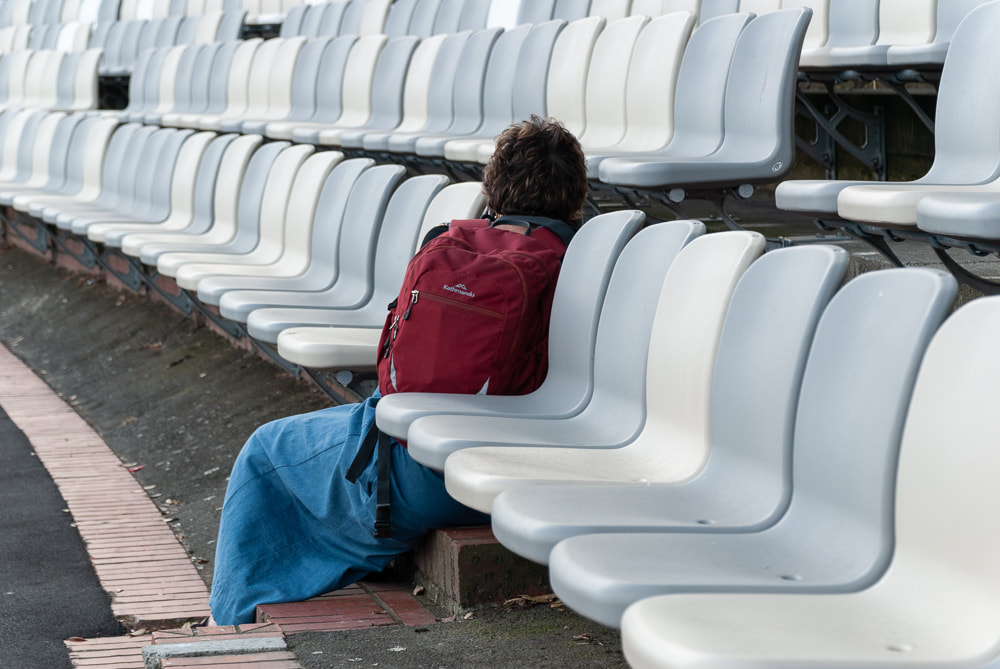








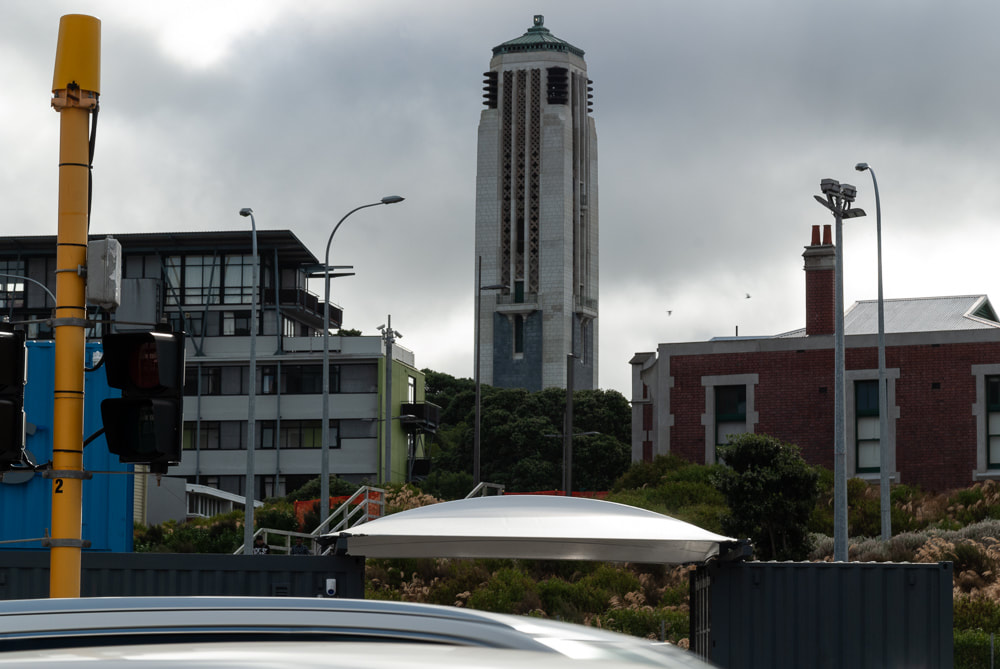





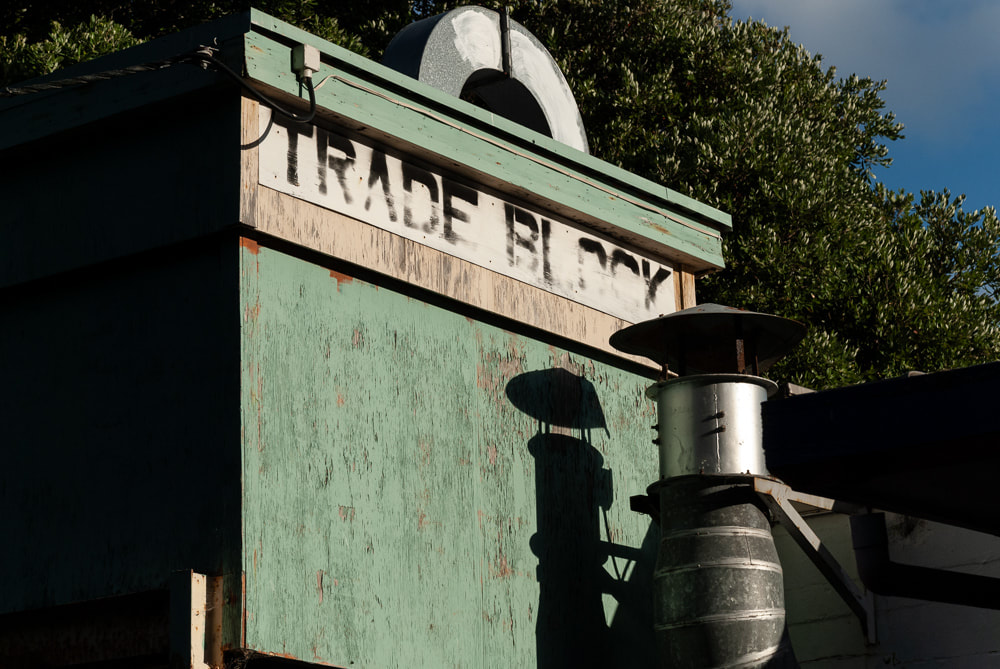





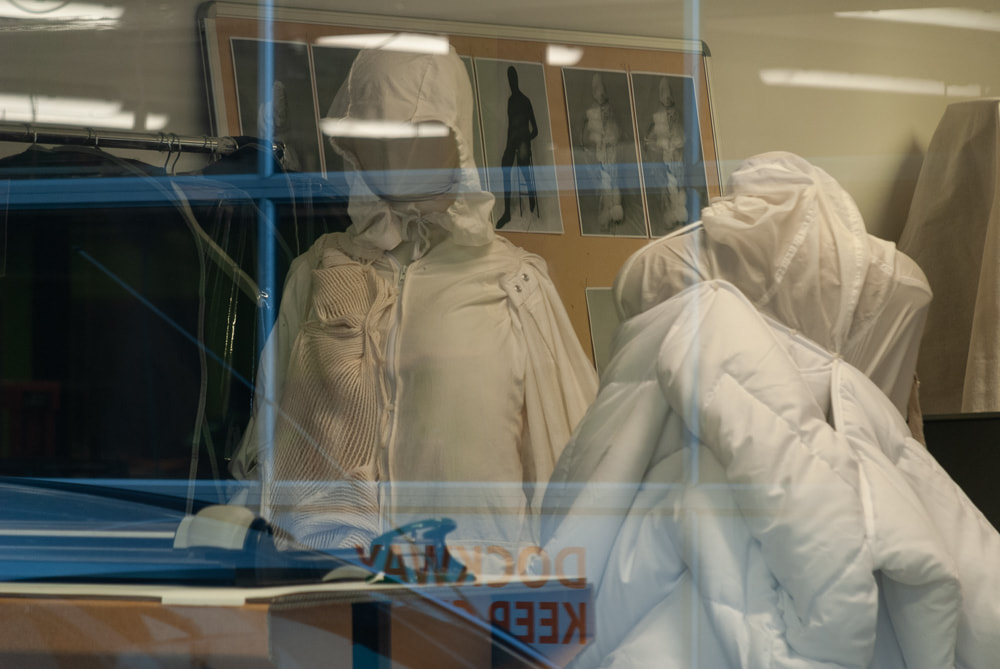
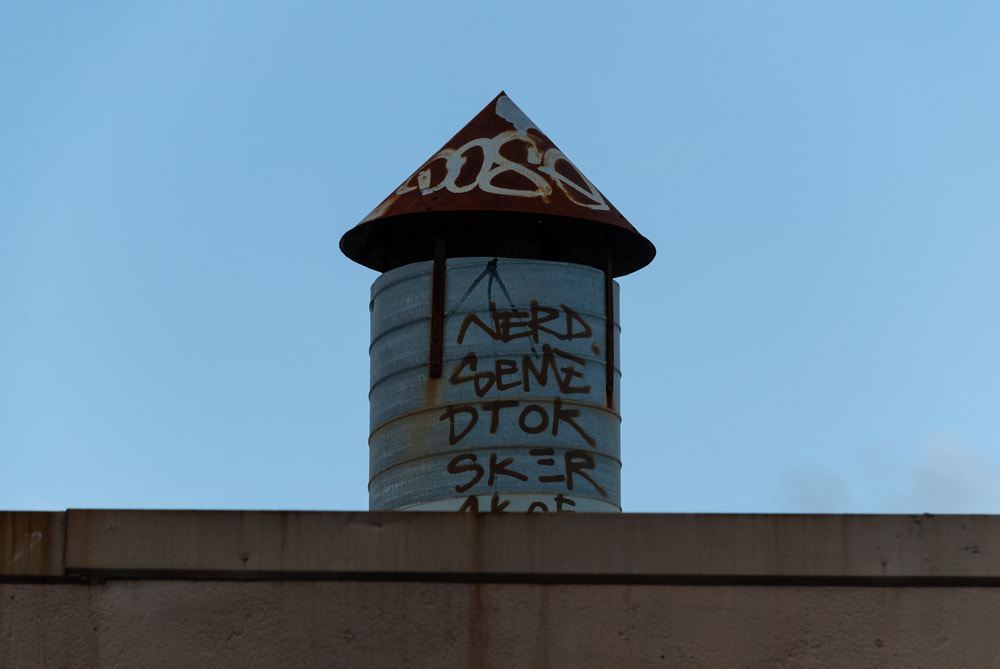

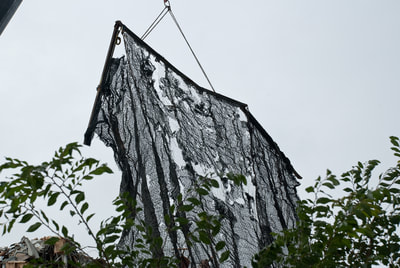


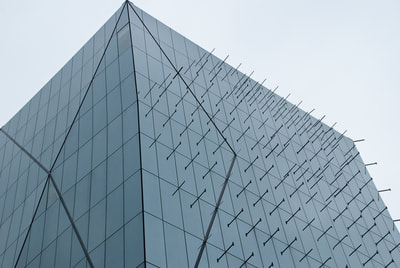



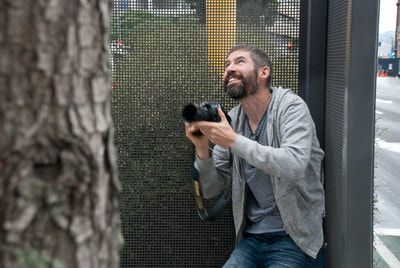







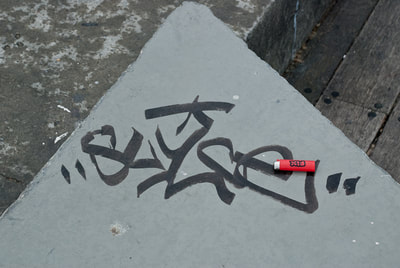



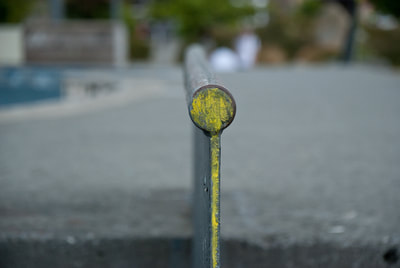
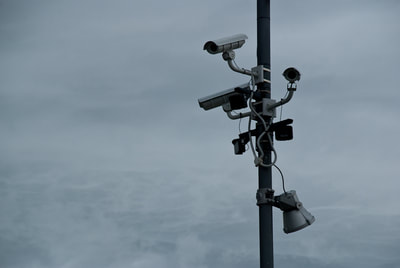
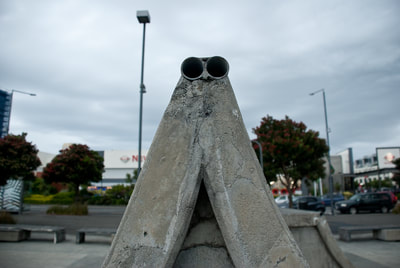





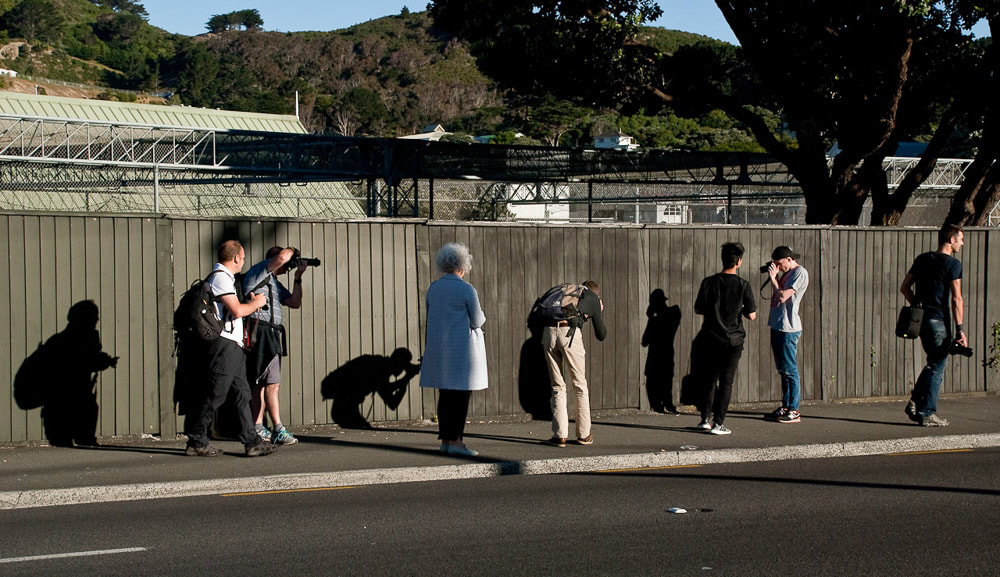
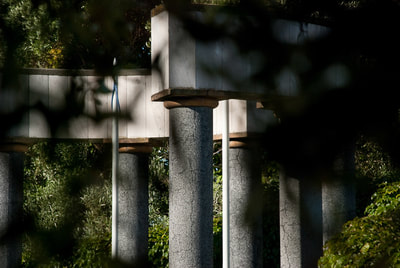






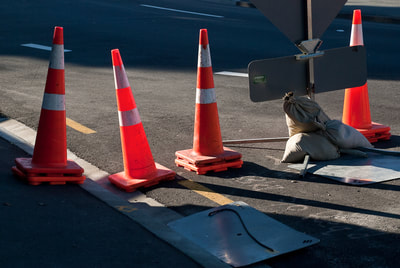
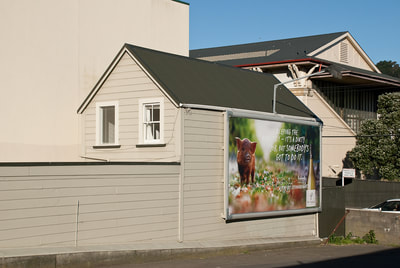






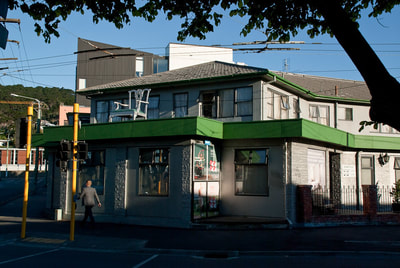






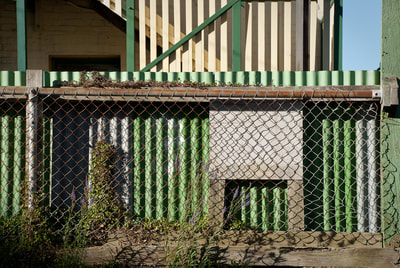









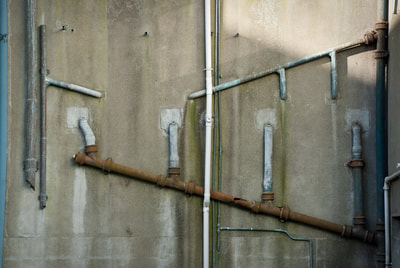





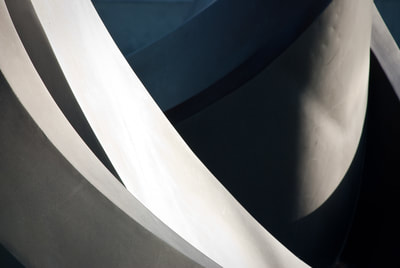

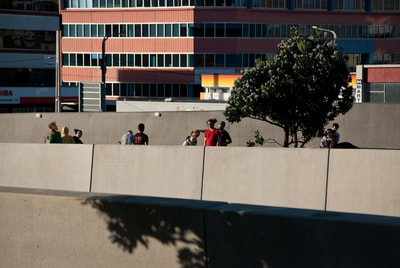







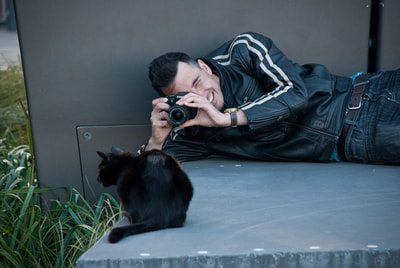
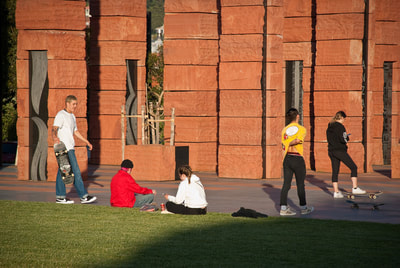
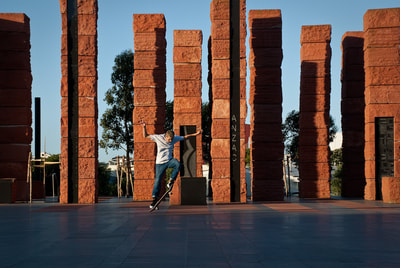


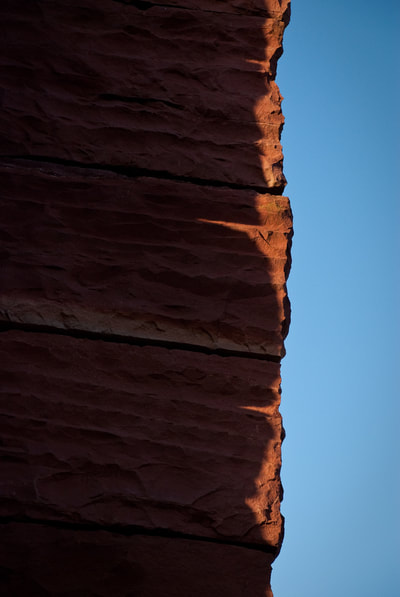
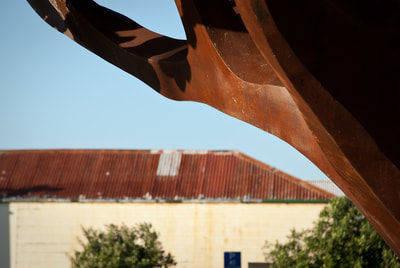
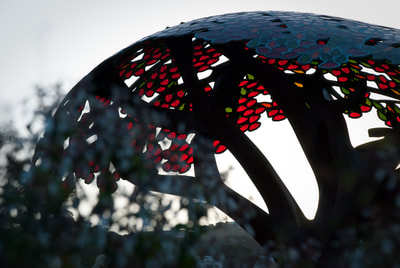

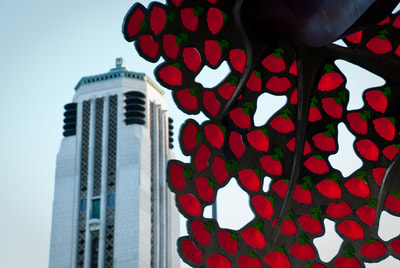
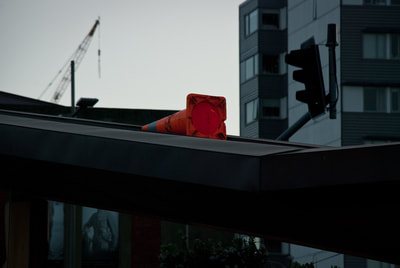
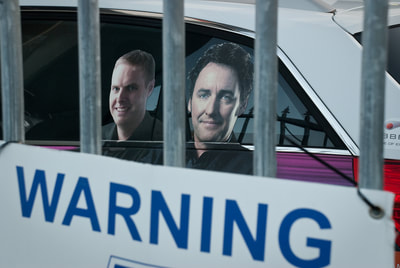

 RSS Feed
RSS Feed
